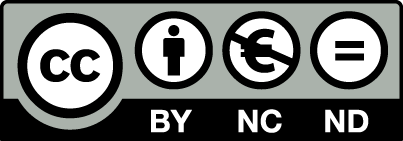Abstract:
Peri-urban areas are increasingly described as "third" spaces with unique characteristics, in opposition to spaces awaiting urban development. However, in many peri-urban areas the process of defining what this "third" space is, is triggering conflict over the meanings attributed to the peri-urban landscape, its ownership and, importantly, whose identity it represents. Our aim in this paper is to develop a framework of the "politics of place/landscape identity" that advances analysis and synthesis of conflict over identity in peri-urban areas. This framework is grounded in the 'politics of place' and "politics of landscape" literature, in the "place and landscape identity" literature, and builds upon existing landscape/place models. It integrates the physical, practice, representation and identity dimensions of "landscape" and "place" in a perspective on the "politics of place". We illustrate how the framework may shed light on the "politics of place" in Wollondilly Shire, a peri-urban local government area in Sydney, New South Wales, Australia. Our case study demonstrates how the different dimensions of the politics of place are articulated, and particularly around what representations they are 'crystallised'. The framework provides cues for planners and decision makers concerning the representations that would need to be renegotiated between different groups in peri-urban environments, in order to create broader consensus. In the case of Wollondilly the representation that could constitute a "nodal point" for possible intervention is the definition of the notion of "viability" of farming operations.

